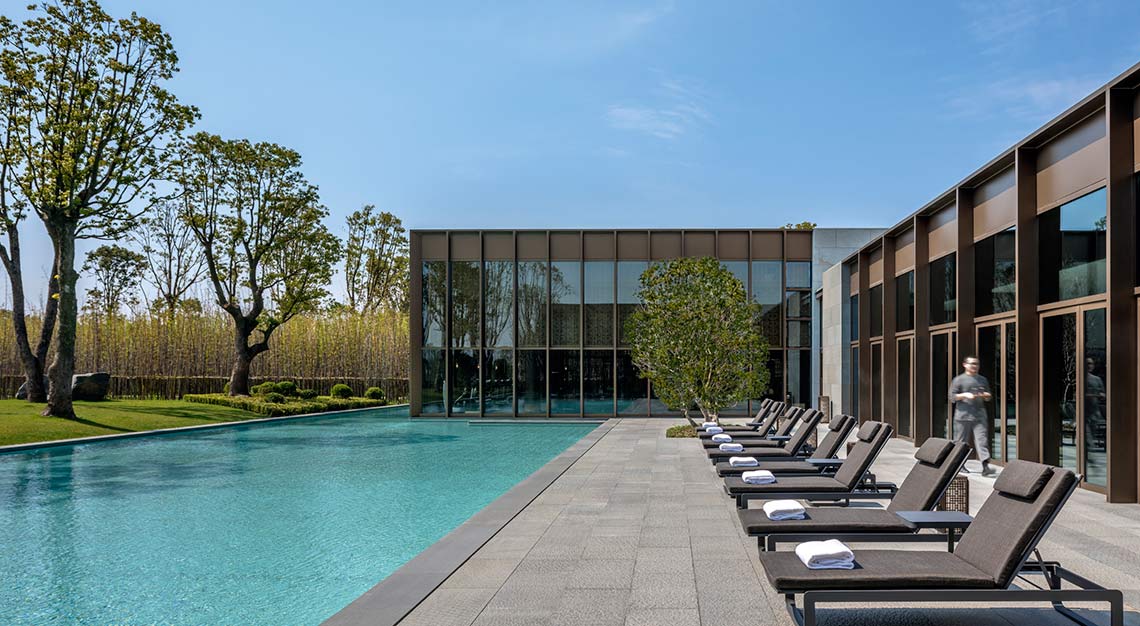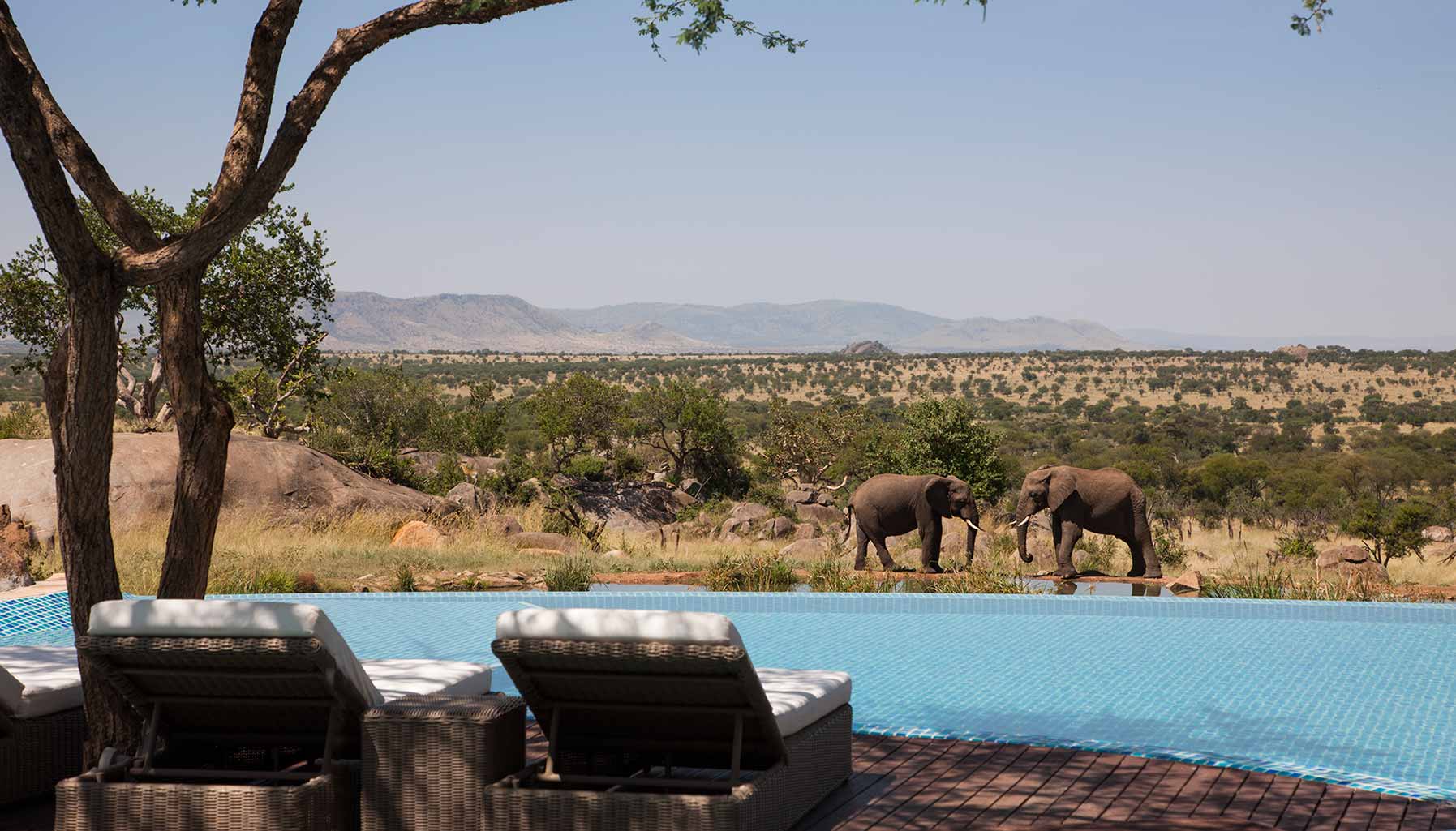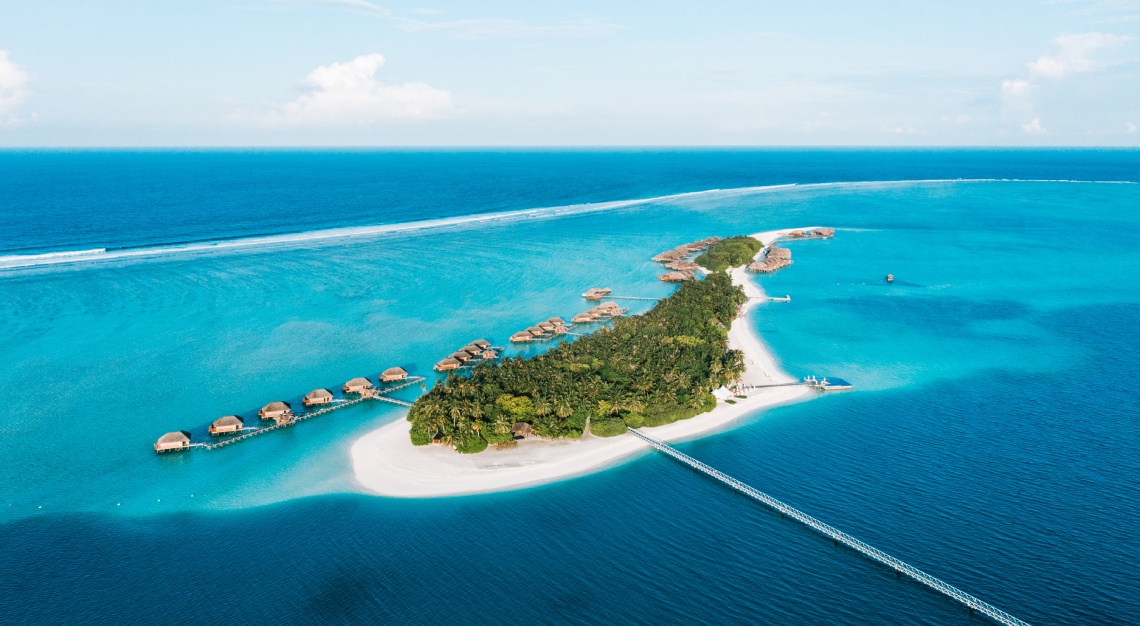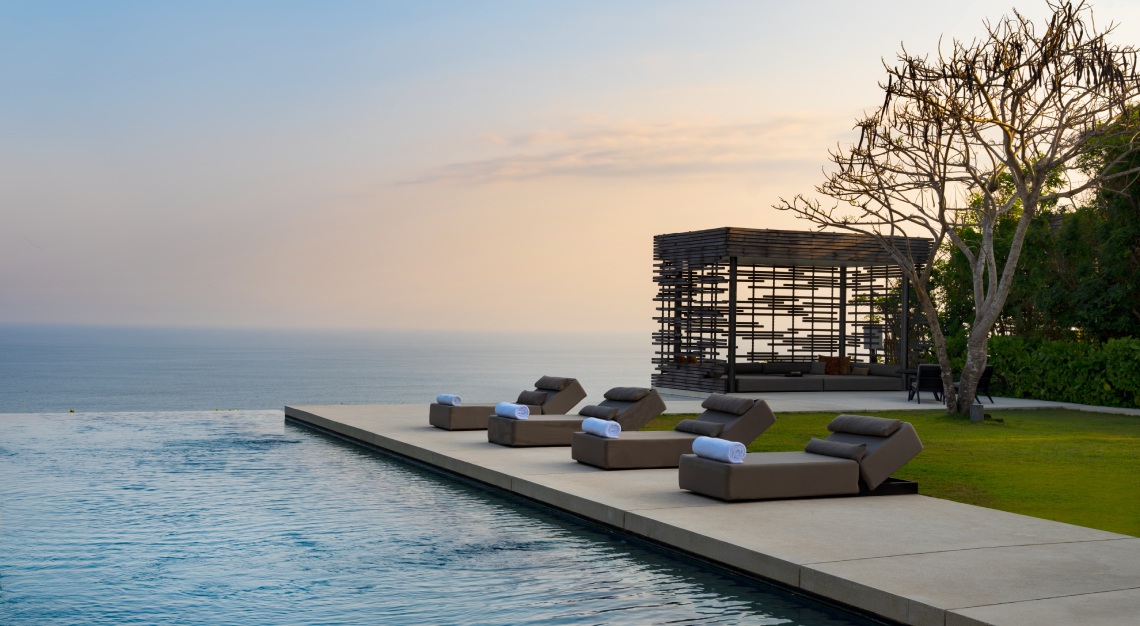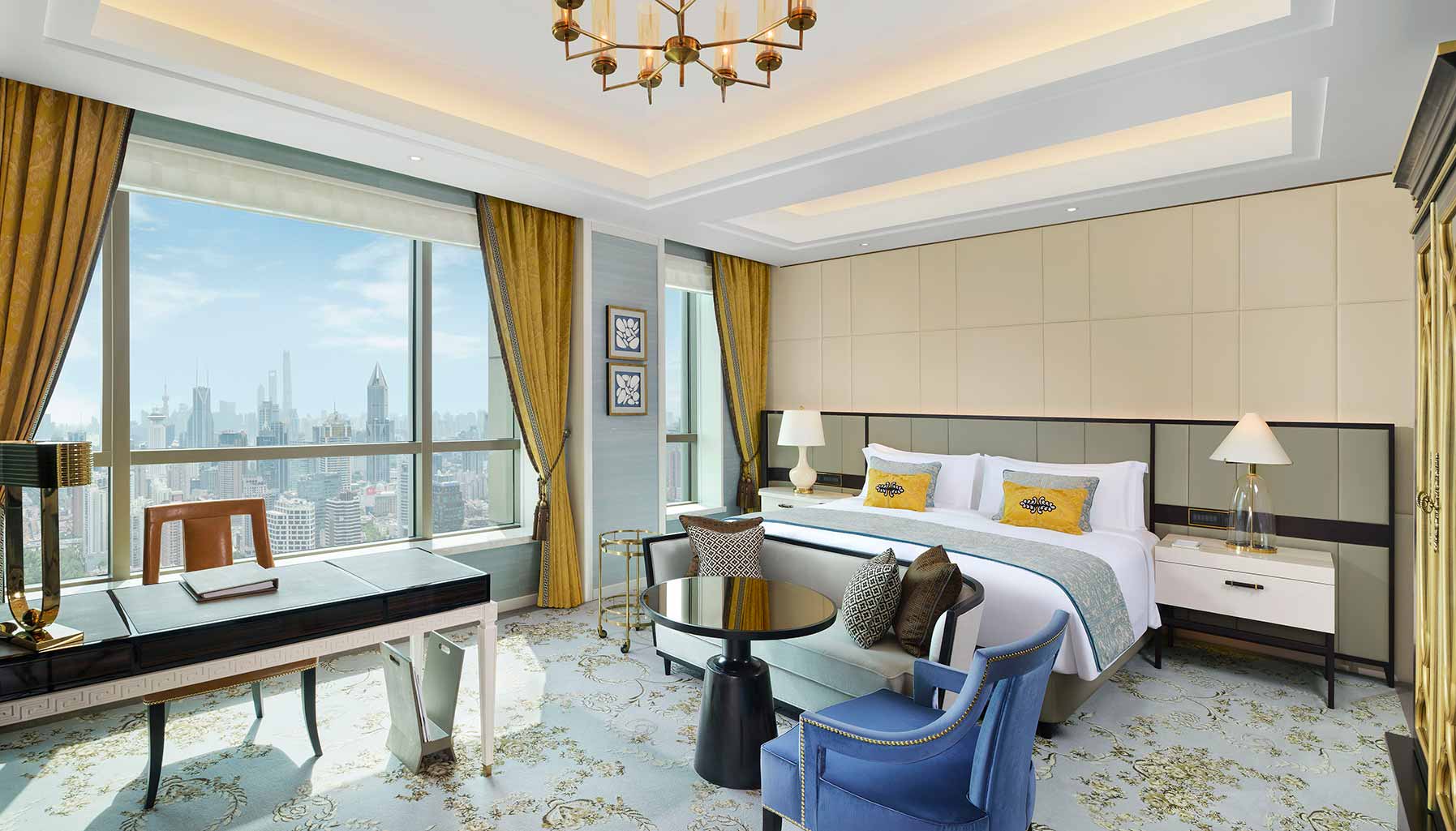An incredible conservation project to save a village and its trees becomes the setting of Aman’s most ambitious venture yet
At 29, Ma Dadong made a life-changing decision. It was 2002, and Ma – who owned a successful advertising company – had headed home to Fuzhou in Jiangxi province for some much-needed downtime with family. Instead he was greeted with a tapestry of destruction. Construction work had started on the nearby Liao Fang reservoir, which would submerge several historic villages in his hometown, as well as thousands of camphor trees surrounding them.
“Today’s young generation is only interested in material pursuits. To them, culture is an intimidating burden,” says Ma, now 44. Although he had found his fortunes in the city, Ma felt crestfallen when he saw the fallen 1,000-year-old trees, which had been hacked into crude tea tables and stools for dam workers.
“I had an extremely heavy heart when I left,” he told a documentary crew, explaining his project’s origins. “I thought about whether I could move them somewhere else?”
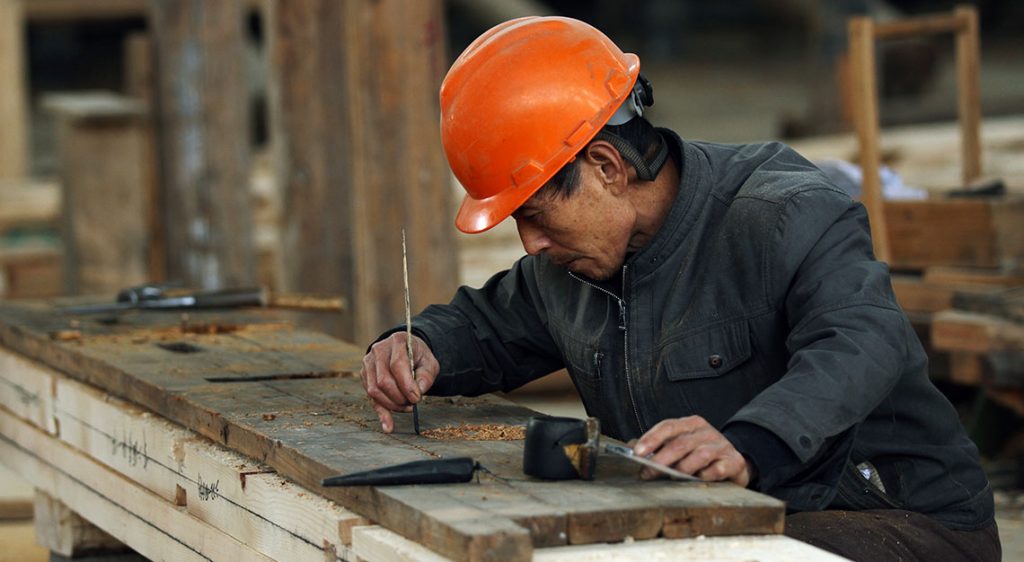
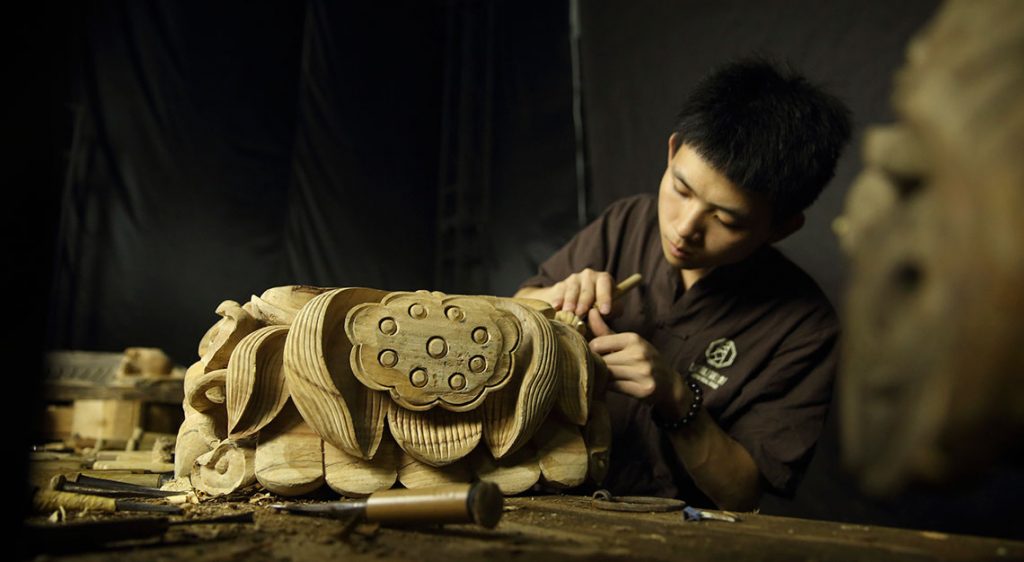
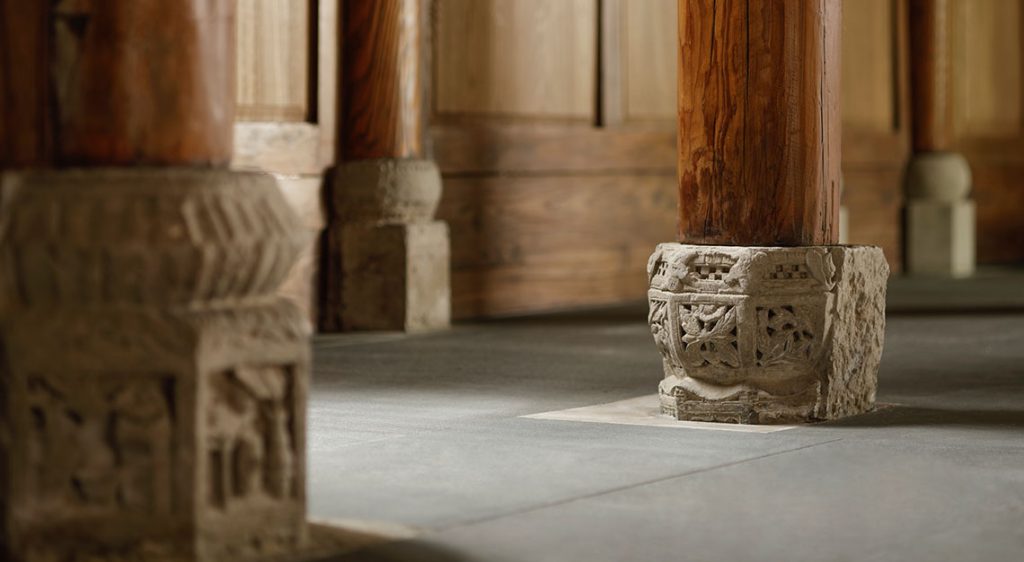
And so begins Amanyangyun’s story: an elaborate enterprise that’s been 16 years in the making, and still unfolding. Ma would transport a forest of 10,000 camphor trees and 50 historic buildings to a new home he had identified some 700km away in Shanghai. Arborists, specialist craftsmen, a fleet of flatbed trucks and a small army of labourers were recruited for the operation, which Ma will only say cost “millions”.
The challenges were manifold. Each tree had to be pruned of its branches, with as much of its bark, root structure and original soil preserved as possible. Even sans branches, a tree still weighed 20 to 50 tons. Violent thunderstorms would splinter specially built bridges and wash away weeks’ worth of progress, trucks regularly overturned and pits had to be dug when tunnels weren’t wide enough. Yet Ma held fast. In one instance, a tollbooth crossing was widened so larger trees could pass through.
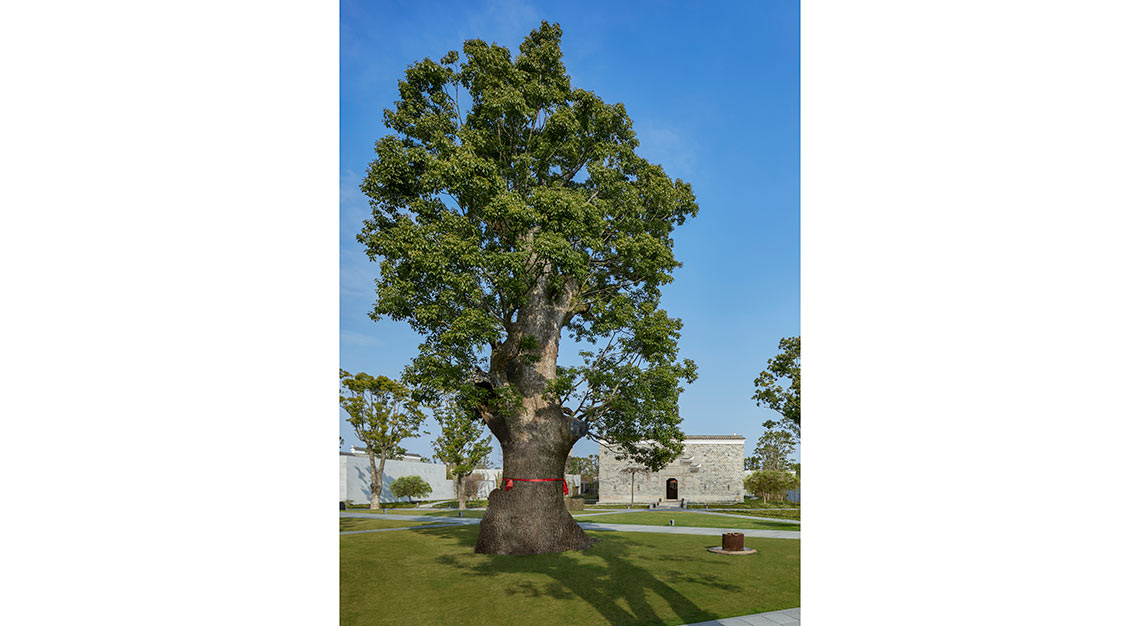
To the team’s credit, an impressive 80 per cent of the trees survived, with about 1,000 spread throughout Amanyangyun, and the rest populating an adjacent forest. The most splendid – the towering 80-ton, 1,000-year-old King Tree – now holds court in the heart of the resort. I’m asked to water it upon my arrival, an auspicious act that connects past with present.
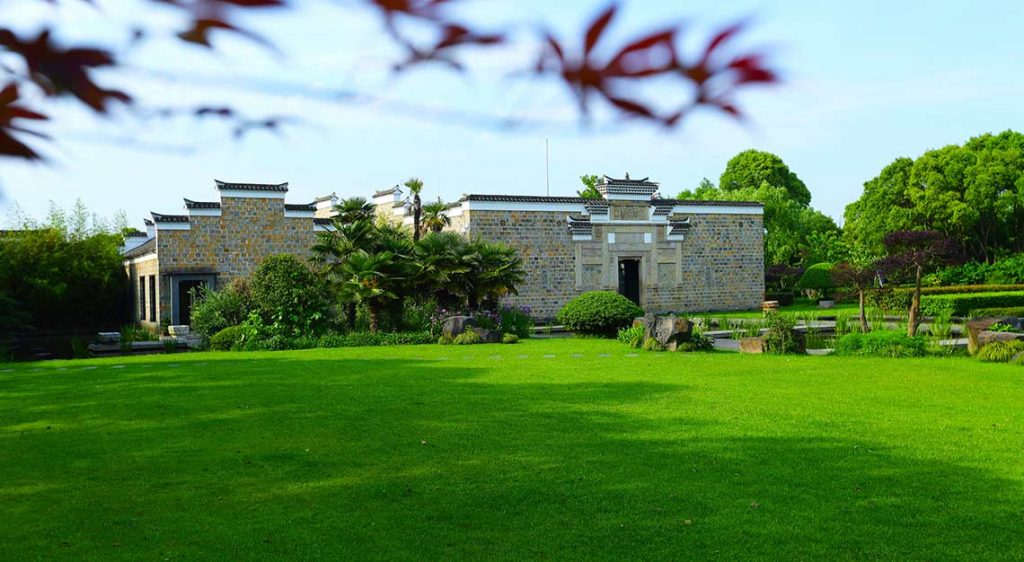
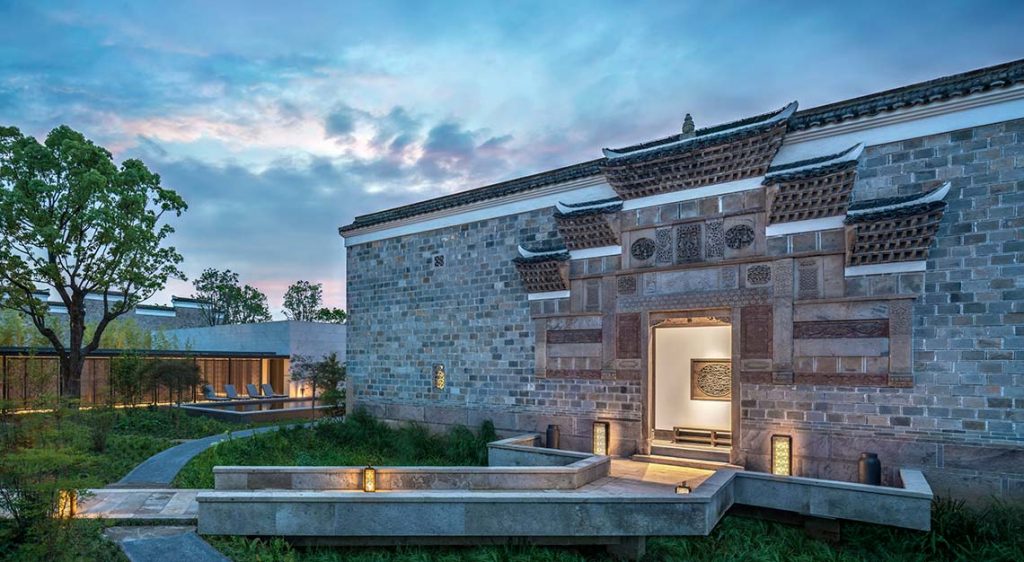
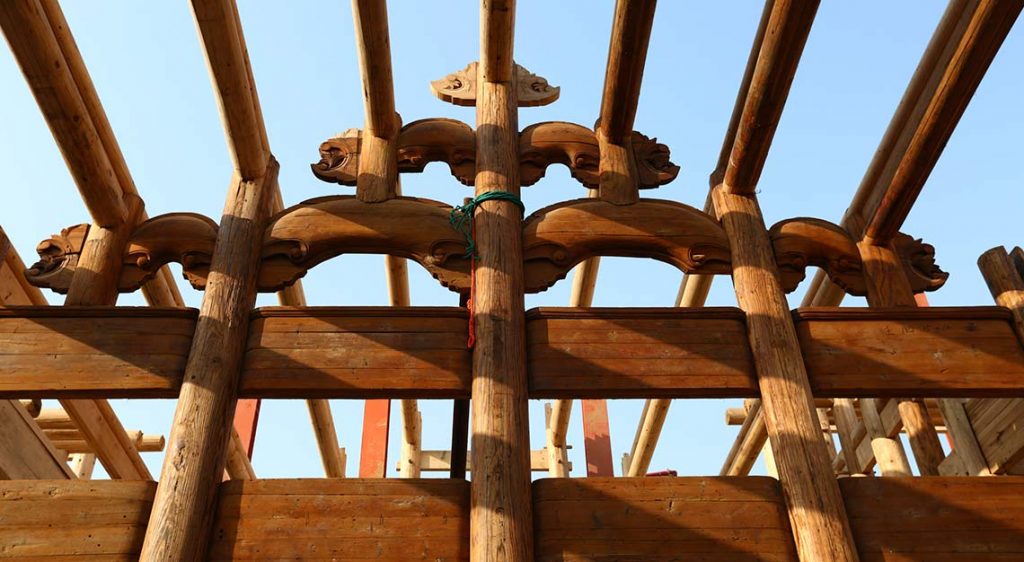
The antique houses meanwhile, were painstakingly disassembled piece by piece by craftsmen, each beam and stone carefully catalogued. It was here that the buildings’ ingenuity was revealed – in one case, workers were unable to dissemble 400 interlocking pieces of wood until an expert identified and removed a single key peg that locked the entire structure together. The first of the antique villas was rebuilt as a prototype and personal residence for Ma, said to be an Aman junkie who has stayed in 20 of the brand’s properties. It’s fitting then, that a chance meeting with its founder, Adrian Zecha, led to a deal in which Aman Resorts would develop and manage the resort.
Aman’s design pointman Kerry Hill was enlisted to design the new property, imbuing it with his signature brand of Asian-inflected minimalism.
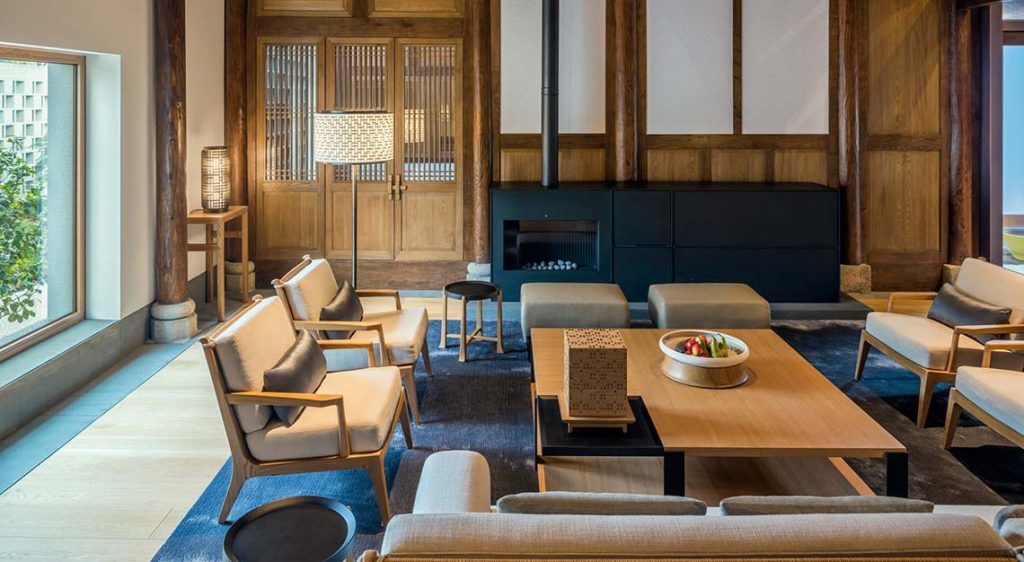
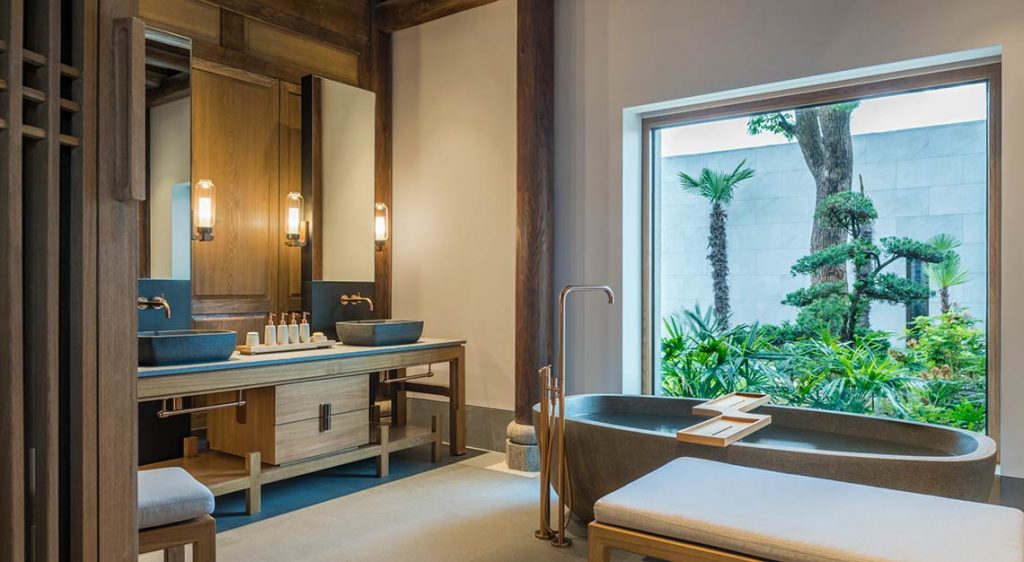
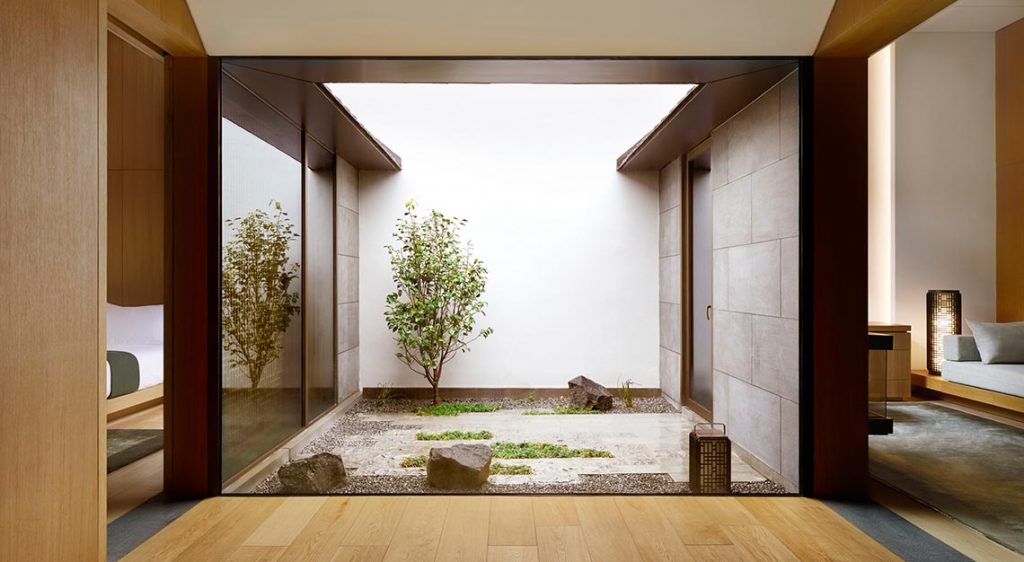
Hill adopted a ‘less is more’ approach with the 13 restored antique villas, tweaking the buildings just enough for modern tastes. Each villa, which measures 800 to 1,000sqm, includes a private pool, jacuzzi and courtyard. Ornate stone carvings in many of the antique pavilions recall bygone owners, while modern touches include raising ceilings to improve airflow, and restructuring walls to let in light.
The antique villas and public areas are swathed with exotic nanmu (golden silk wood), an almost-extinct tree used to build the Forbidden City. So rare that only reclaimed wood may be used, nanmu shows up in fretwork panels, latticed screens and carved lintels, scenting the resort with its delicate perfume.
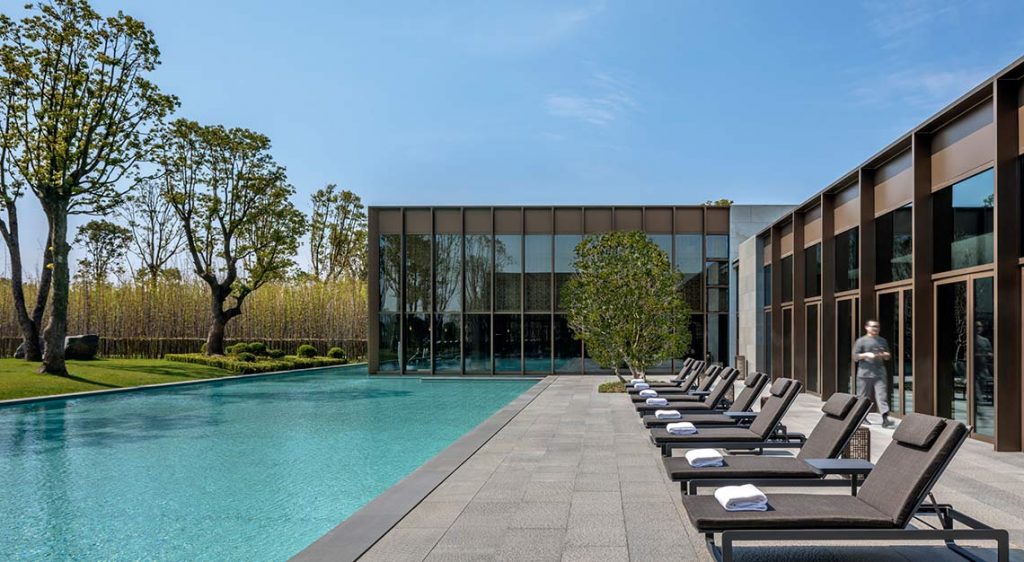
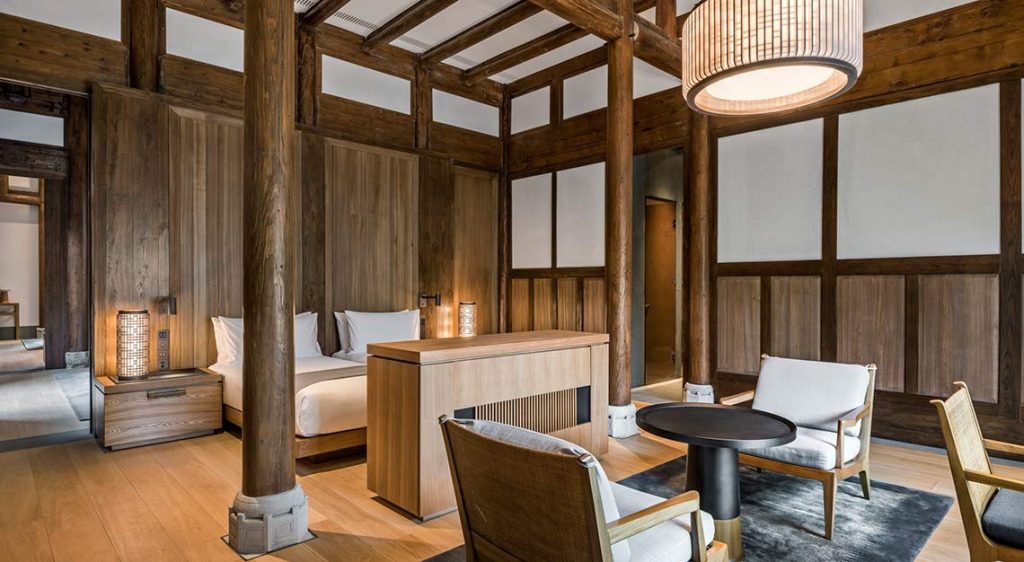
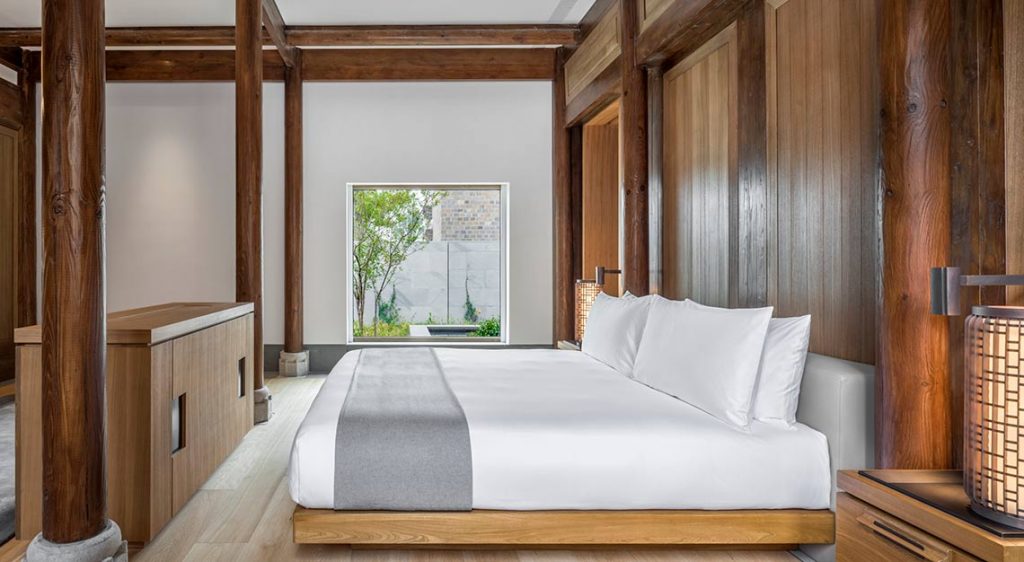
There are also 12 historic residences for private ownership, as well as 24 modern Ming Courtyard Suites, which come kitted out with flat-screen TVs and, conveniently, pre-installed VPN. A few other firsts include a ballroom and Aman’s largest spa to date.
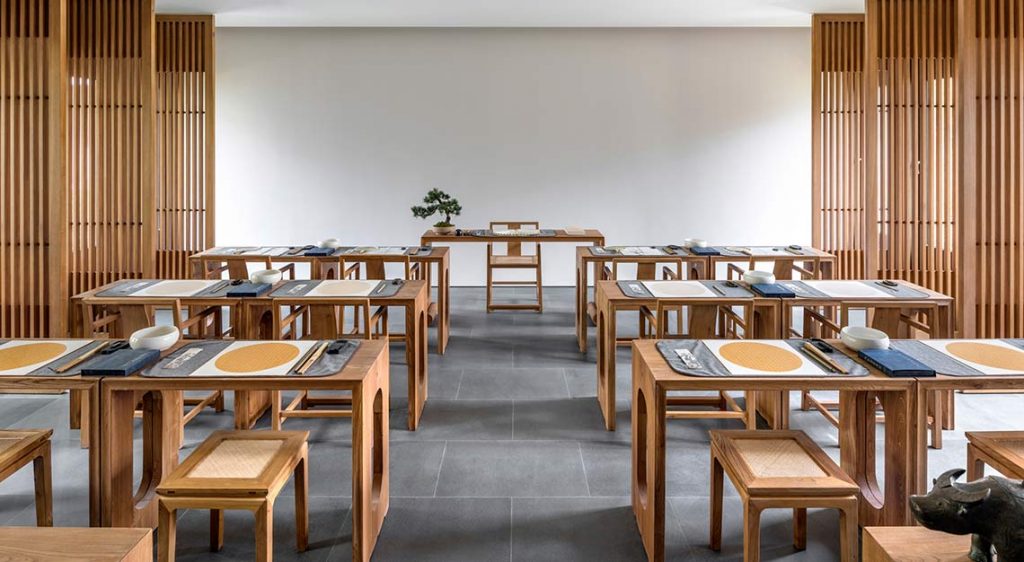
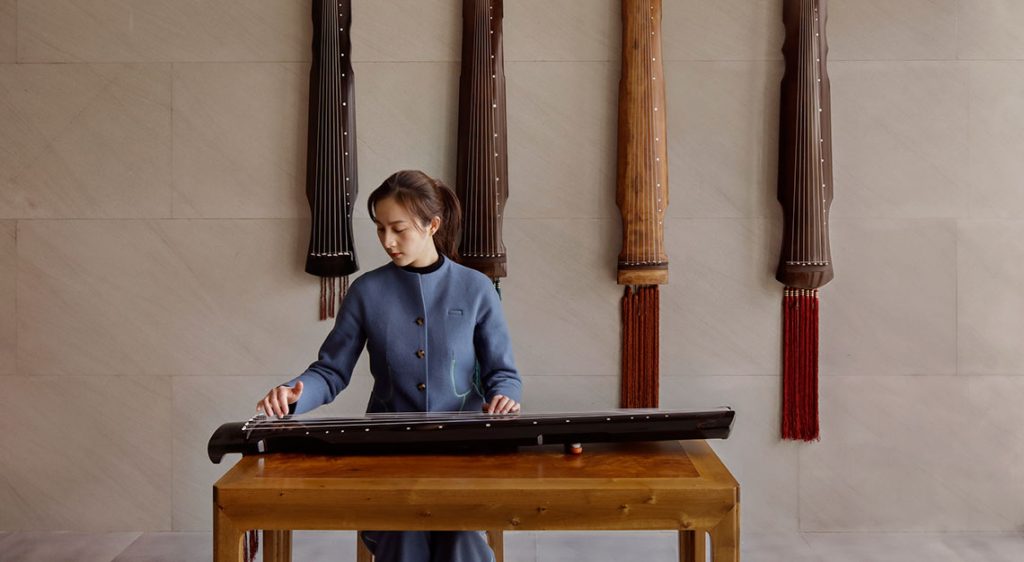
Amanyangyun’s spiritual heart is Nan Shu Fang, named after the royal reading pavilion in the Forbidden City. Created from the most architecturally impressive antique building from Fuzhou, the pavilion features nanmu furniture and recreates 17th-century scholars’ studios, a rarified space in which to learn traditional crafts such as calligraphy, music and painting. Across the courtyard, six dedicated rooms host traditional tea and incense ceremonies.
Meals are prepared by one of the resort’s three restaurants – Lazhu, Arva and Nama. While the latter two – which serve Italian and Japanese cuisine – are to be rolled out across other Amans globally, Lazhu (which means spicy bamboo) celebrates Ma’s beloved Jiangxi cuisine in its myriad ultra-spicy forms.
Amanyangyun
6161 Yuanjiang Road
Minhang Qu
Shanghai
China 201111
Tel: +86 21 8011 9999
